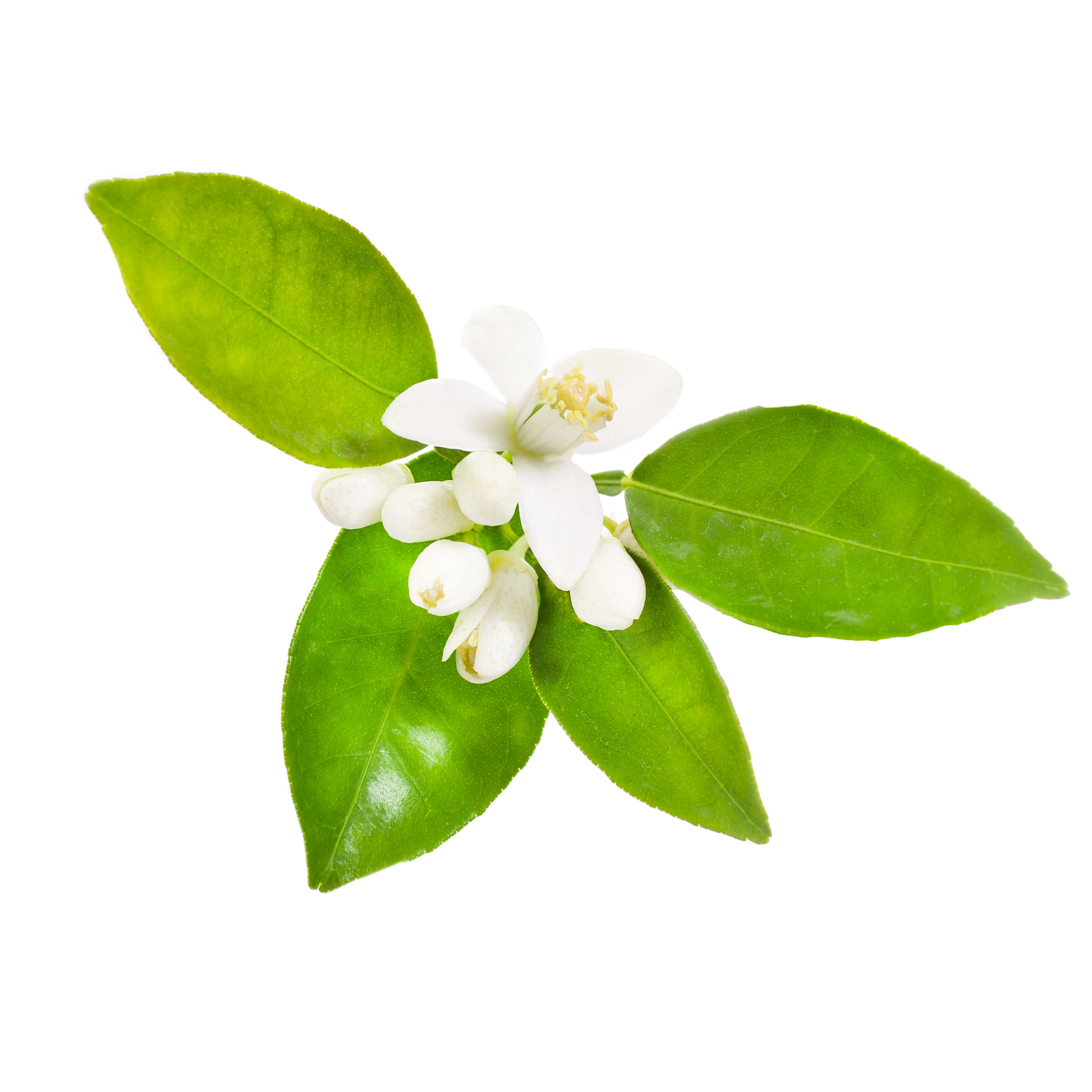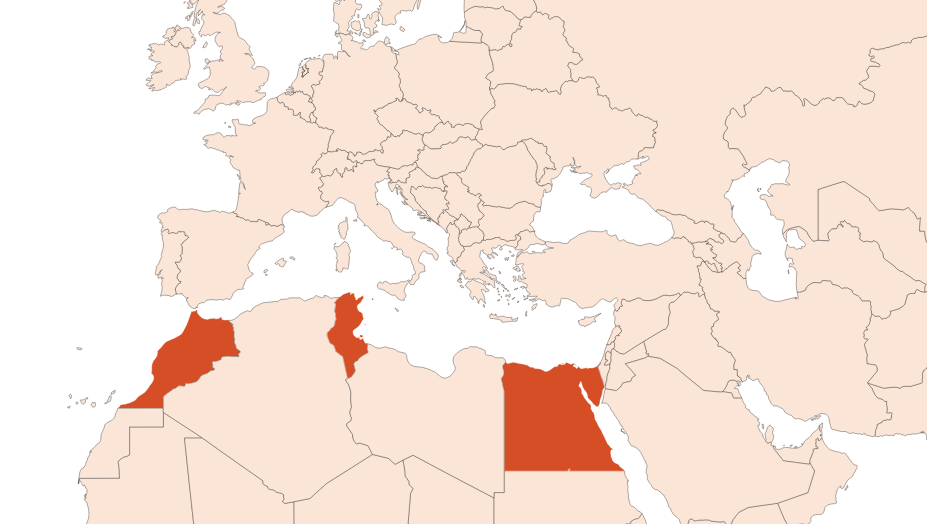Neroli EO
Naturelle
Floral > Orange Blossom > Green > Zesty

Crédits photo: ScenTree SAS
Latin name :
Citrus aurantium
Botanical profile :
The orange blossom is the bitter orange blossom, belonging to the Rutaceae family and the Citrus genus.
Geographic origin :
Originally from South-East Asia, the bitter orange tree is now grown in Tunisia, Morocco, Italy, Egypt, Central and South America.
Chemotypes :
The genus Citrus includes the vast majority of citrus fruits and includes a large number of varieties available in perfumery:
Bergamot - (Citrus bergamia) is a hybrid of lemon and bitter orange, grown for the essential oil of its fruit and petitgrain.
Bitter orange or bigarade orange - (Citrus aurantium), grown in Spain and Florida.
Citron - (Citrus medica), grown in Italy (Sicily).
Lemon - (Citrus limon), cultured in Italy for the essential oil of its fruit and of its leafy twigs (Petitgrain).
Combava - (Citrus hystrix), grown in Thailand and India.
Lime - (Citrus aurantifolia), grown for its fruit in Mexico for the most part.
Mandarin - (Citrus reticulata), grown mainly in Italy for its fruit and for its petitgrain, by extracting the leaves from the tree. Its hybrid with sweet orange gave birth to clementine.
Orange - (Citrus sinensis) is famous for the cultivation of its fruits, whose juice and essential oil are extracted in Brazil and California in particular, which is the most used of all perfumes.
Grapefruit - (Citrus paradisii) of Malay origin, is cultivated for its essential oil in Brazil and Israel in particular.
Yuzu - (Citrus junos), produced in Japan and Korea.
Bergamot - (Citrus bergamia) is a hybrid of lemon and bitter orange, grown for the essential oil of its fruit and petitgrain.
Bitter orange or bigarade orange - (Citrus aurantium), grown in Spain and Florida.
Citron - (Citrus medica), grown in Italy (Sicily).
Lemon - (Citrus limon), cultured in Italy for the essential oil of its fruit and of its leafy twigs (Petitgrain).
Combava - (Citrus hystrix), grown in Thailand and India.
Lime - (Citrus aurantifolia), grown for its fruit in Mexico for the most part.
Mandarin - (Citrus reticulata), grown mainly in Italy for its fruit and for its petitgrain, by extracting the leaves from the tree. Its hybrid with sweet orange gave birth to clementine.
Orange - (Citrus sinensis) is famous for the cultivation of its fruits, whose juice and essential oil are extracted in Brazil and California in particular, which is the most used of all perfumes.
Grapefruit - (Citrus paradisii) of Malay origin, is cultivated for its essential oil in Brazil and Israel in particular.
Yuzu - (Citrus junos), produced in Japan and Korea.
Extraction process :
The bigaradier is a tree about 3 meters tall in adulthood that provides about 10 to 30 kg of flowers per year at maturity.
The most mature flowers are picked by hand in March and April. They are stored in canvas bags and weighed before they are brought to the extraction plant.
The flowers are inserted into the extractor and water is added directly into the distillation tank, at the rate of 750 kg of water per 1000 kg of flowers. The essential oil is separated from the water of neroli by decantation in a florentine vase.
A ton of flowers gives 1 kg of essential oil (yield of 0.1%).
The bigaradier gives many extracts. The bitter orange EO gives an essential oil by cold expression of the fruit. If we treat branches and twigs by hydrodistillation, we obtain Petitgrain Bigarade EO. Finally, if we use the flower, we can obtain Orange Blossom Absolute (extraction with volatile solvent) and Neroli EO (hydrodistillation).
The most mature flowers are picked by hand in March and April. They are stored in canvas bags and weighed before they are brought to the extraction plant.
The flowers are inserted into the extractor and water is added directly into the distillation tank, at the rate of 750 kg of water per 1000 kg of flowers. The essential oil is separated from the water of neroli by decantation in a florentine vase.
A ton of flowers gives 1 kg of essential oil (yield of 0.1%).
The bigaradier gives many extracts. The bitter orange EO gives an essential oil by cold expression of the fruit. If we treat branches and twigs by hydrodistillation, we obtain Petitgrain Bigarade EO. Finally, if we use the flower, we can obtain Orange Blossom Absolute (extraction with volatile solvent) and Neroli EO (hydrodistillation).
Major Components :
Linalool (40-45%)
D-Limonene (10-15%)
Beta-Pinene (≈9%)
Linalyl Acetate (≈7%)
Alpha-Terpineol (≈6%)
Geraniol (3%)
D-Limonene (10-15%)
Beta-Pinene (≈9%)
Linalyl Acetate (≈7%)
Alpha-Terpineol (≈6%)
Geraniol (3%)
- Uses in perfumery :
- Used in oriental and floral perfumes, for an accentuation of fruity apricot notes for example, and in cologne perfumes.
- Other comments :
- Tunisia is the world leading producer of orange blossom, as the cultivation of bitter orange or bigaradier requires a sunny weather. The importation of this tree in the Maghreb countries dates from the Arab conquests of the 9th and 10th centuries.
The smell of Neroli is fresh, light, greener, citrusy and less animal than the orange blossom absolute. - Volatility :
- Head/Heart
- Appearance :
- Colorless liquid
- Stability :
- The terpenes identified in this raw material can polymerize when they are oxidized
The esters identified in this raw material can form their corresponding acid in stability tests - Price Range :
- €€€€€
- Aromatherapy :
Informations provided below are taken from reference works in aromatherapy. They are given for information purposes only and can not constitute medical information, nor engage the responsibility of ScenTree.
Neroli essential oil is renowned for its antidepressant, neurotonic, digestive, phlebotonic (tones the blood circulation in the veins), antiparasitic and is recommended in cases of hepatopancreatic insufficiency, bronchitis, depression, hypertension and childbirth (tones).

Crédits photo: ScenTree SAS
- EINECS number :
- 72968-50-4
- FEMA number :
- 2771
- Allergens :
- Linalool - D-Limonene - Geraniol
- IFRA :
- This ingredient is not restricted
To learn more about IFRA's standards : https://ifrafragrance.org/safe-use/library
ScenTree is solely responsible for the information provided here.


